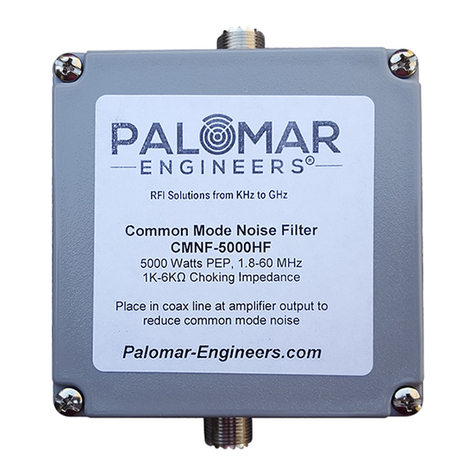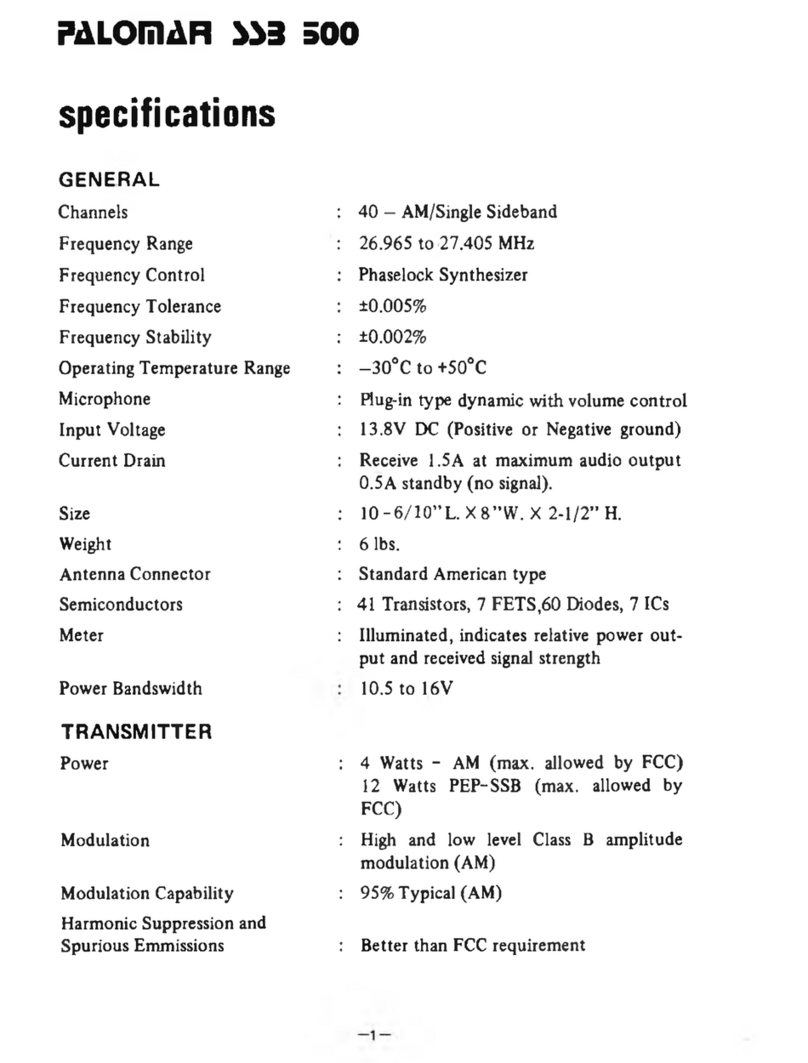This rear bracket could attach to either the transmission tunnel or firewall in
a
vehicle mounting. Place themicrophone clipprovided in a convenient place that does
not interferewith vehicle operationwhen themicrophone is in place.
6.
ZLECTRiCAL
CONNECTIONS
Use
xmber
twelve
or larger wire to connect the unit directly
tcj
the vehicle
12
volt
battery.
For
positive ground operation, internal modification
is
required to insure
proper fuse operation, consult your dealer for assistance. Do not attempt the
modification yourself. For normalnegativeground inshilation; comect the lead with
tie
fuse
to
the positive battery terminal, comect the piair; lead to
the
negative ter-
minal.
111.
IGNITION
NOISE
SUPPREBION
Xadi0
perfermance
will
be
irilproved
greatly
by
effective ignition noise suppression. Recom-
7s
are:
xended ste,
A.
Be
surespark plugs, distributor sap, rotor, and ignition wiring are cban and In first
rate operatingcondition. Replace anyworn or suspect parts.
B.
Instali resistance
type
spark
plugs
and ignition wire
if
not
already present
in
She
vehicle.
C,
If
alternator whine
(a
high pitch tone which changes
pitch
with engine speed1
is
laeard, install an alternator line filter, Consultyour dealer.
D,
Instal?
a heavy aekalstrap
or
braid
between
the
vehiclehood and firewall
by
the
h~od
hinges to insure good grounding that
will
electrically shield the engine compart-p~ent
from the
CB
Radio antenna.
E.
Be surethat the radio
is
connected directly
lo
the vehicle battery and that the battery
is in good condition,
fully
charged.





























